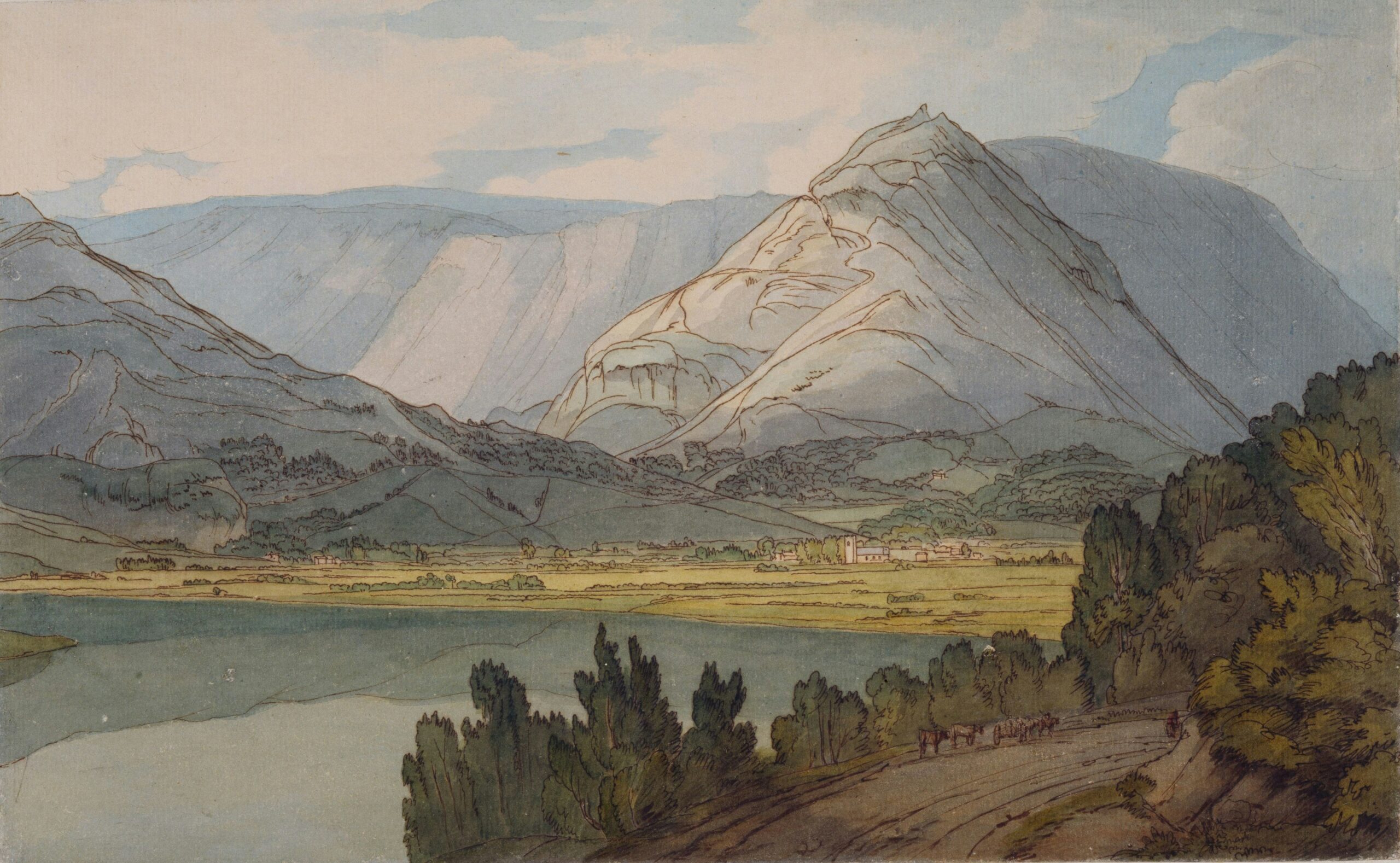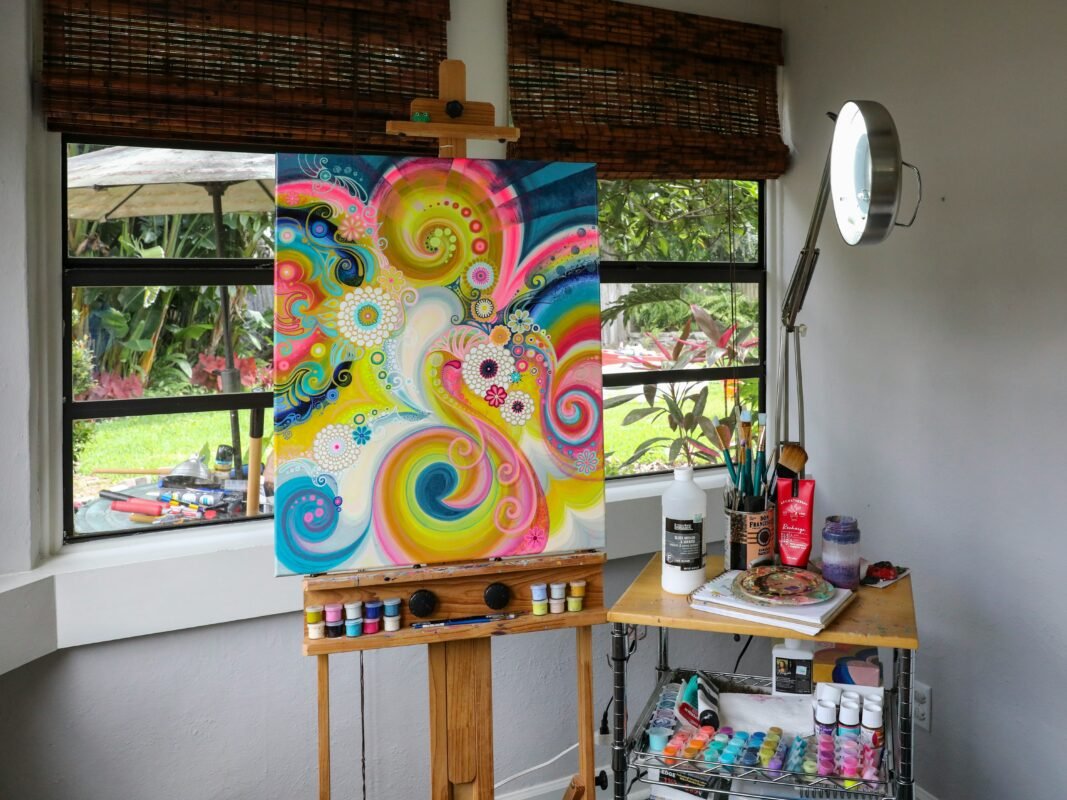The Art of Painting: A Timeless Form of Expression



Painting has been a fundamental form of human expression for centuries, spanning different cultures, eras, and styles. From the earliest cave paintings to modern abstract art, painting serves as a universal language of creativity and storytelling.
Techniques and Styles
There are various painting techniques, each offering a unique way for artists to convey their visions. Oil painting is known for its rich texture and deep color blending. Acrylic painting, on the other hand, dries quickly and allows for vibrant, bold strokes. Watercolor is a delicate medium that creates soft, fluid effects, ideal for landscapes or abstract expressions. Frescoes, an ancient technique, involve painting on wet plaster, commonly seen in Renaissance murals.
Styles vary from realism, which aims to capture life as it appears, to abstract art, where shapes, colors, and textures evoke emotions rather than depict reality. Impressionism, made famous by artists like Claude Monet, emphasizes light and movement over details. Surrealism, as seen in Salvador Dalí’s works, blends reality with dreamlike elements.
The Role of Color
Color is the essence of painting. The choice of color palette can set the mood, influence emotions, and communicate ideas. Warm colors like red, orange, and yellow evoke energy, passion, and warmth, while cool colors like blue and green suggest calmness and tranquility. In abstract or expressionist work, color often takes center stage, guiding the viewer’s emotional response rather than the subject matter.
Famous Painters and Their Impact
Great painters such as Leonardo da Vinci, Vincent van Gogh, and Pablo Picasso have shaped the history of art with their distinct techniques and groundbreaking visions. Leonardo’s use of light and shadow in works like the “Mona Lisa” revolutionized portrait painting. Van Gogh’s expressive brushstrokes and emotional depth in pieces like “Starry Night” defined the Post-Impressionist movement. Picasso, with his Cubist approach, deconstructed objects and figures into geometric shapes, challenging the way we perceive reality.
Modern Painting and Contemporary Trends
In contemporary times, painting continues to evolve. Abstract expressionism, with its emphasis on spontaneous, large-scale works, remains popular, while street art has brought painting to public spaces, blending art with activism. Digital painting has emerged as a new medium, allowing artists to explore endless possibilities with technology, creating pieces that merge traditional techniques with modern innovation.
Why Painting Matters
Painting is more than just a visual art; it’s a reflection of history, culture, and personal expression. It enables artists to capture fleeting moments, convey complex emotions, and explore abstract concepts. Whether creating intricate portraits, serene landscapes, or vibrant abstract works, painting offers an endless canvas for creativity.































